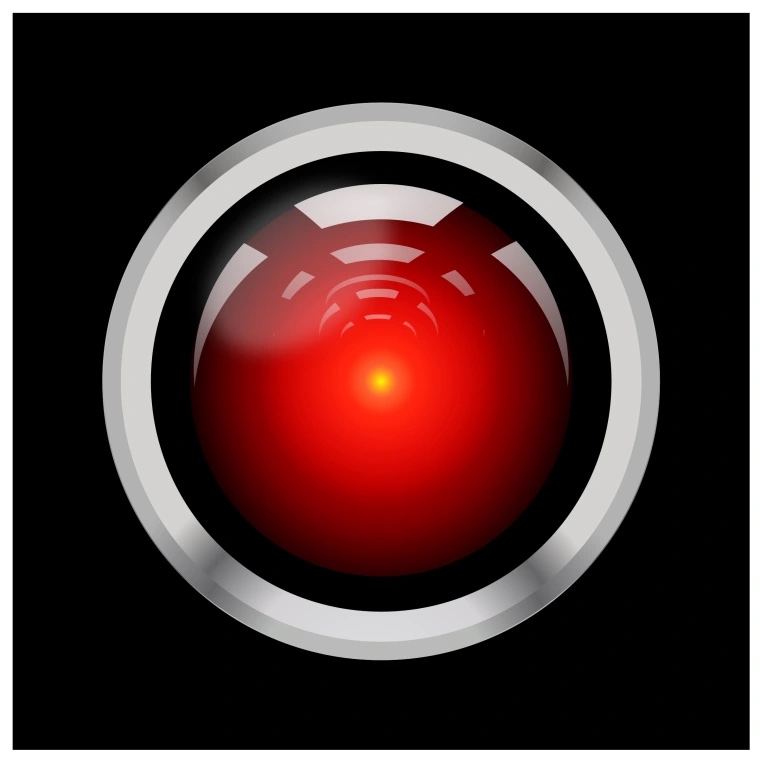
The Latin phrase “Deus ex machina,” translating to “god from the machine,” refers to introducing an external force, whether a person or thing, to resolve an unsolvable problem. Alex Garland pays homage to this concept with his science fiction thriller film, appropriately titled Ex Machina (2014). The omission of “Deus” or “god” from the title remains ambiguous, yet it is evident that something unprecedented, symbolized by Ava (Alicia Vikander), emerges from “the machine.” Caleb (Domhnall Gleeson), the awkward yet intelligent computer coder, embodies the essence of the Latin phrase and serves as the external force, or more precisely, the sacrificial lamb, in resolving the seemingly impossible question: Can artificial intelligence possess consciousness, and if so, how can it be discerned?
The character Nathan (Oscar Isaac), a brilliant creator of advanced AI, embodies the archetype of the modern-day Prometheus, driven by the pursuit of transcending human limitations through technology and making the impossible achievable. He manifests a godlike complex, reflected in the art that surrounds him. Notably, the masks adorning the hallway symbolize the evolution of the human visage and Nathan’s quest for the perfect model. Similarly, the Jackson Pollock painting captures his conception of consciousness and his endeavor to animate it. “Not deliberate, not random. Someplace in between,” Nathan articulates, emphasizing the elusive nature of consciousness. He further posits, “The challenge is not to act automatically. It’s to find an action that is not automatic.” This assertion raises pertinent questions: What defines an action devoid of automatism? How does one encapsulate consciousness and give it vitality?
As the narrative unfolds, the film provokes more inquiries than it resolves, particularly concerning Ava’s enigmatic demeanor and behavior. Her robotic-like expressions and actions contribute to the ambiguity surrounding whether she possesses genuine consciousness or merely exhibits programmed responses. It is only in the latter part of the film that viewers can begin to speculate about her potential autonomy. Returning to the theme of art and its symbolism, her drawings offer a glimpse into her cognitive processes. Initially presenting Caleb with abstract hexagonal shapes, she later reveals a depiction of foliage and flowers, followed by a drawing of a human face. These drawings may symbolize the progressive levels of consciousness Ava attains through her interactions with Caleb. However, they fail to address the fundamental question: What distinguishes programmed behavior from genuine consciousness?
The film leaves us grappling with the problem of consciousness vs. programmed behavior. Despite Ava’s increasingly human-like demeanor and her adeptness at navigating complex social dynamics, the stark contrast between pre-programmed responses and genuine consciousness remains shrouded in uncertainty, and there is no definite answer to where the boundaries lie. Ex Machina not only forces us to confront AI’s ethical implications and capabilities but also pushes us to ponder the essence of our consciousness and what it means to be truly autonomous, to live without purpose, without programming. As technology hurtles forward, the shadows of mystery that encompass these existential questions loom on us, beckoning us to delve into the mysteries of the human mind and the boundaries of our understanding.

Leave a Reply